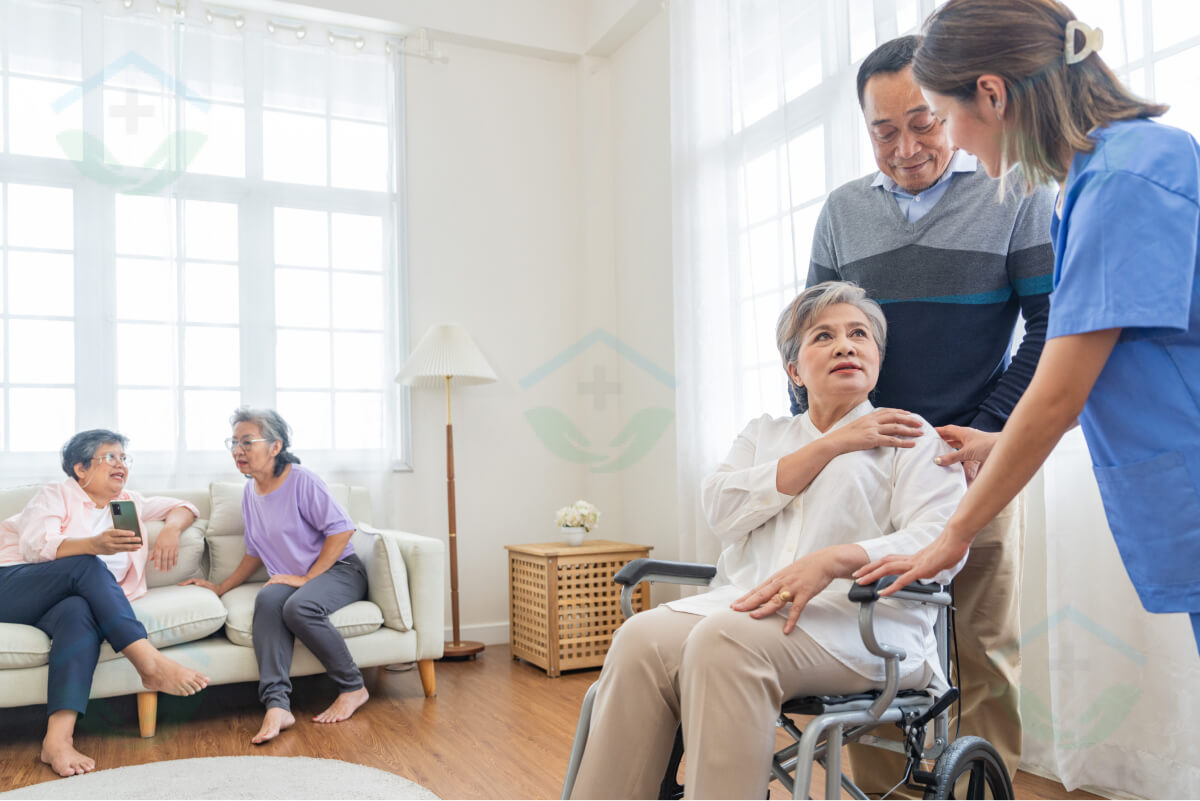Fall prevention is crucial for seniors to maintain their health, independence, and quality of life. Implementing effective strategies can significantly reduce the risk of falls and the injuries associated with them. Here are key fall prevention strategies for seniors:
Home Safety Assessments
Remove Hazards: Ensure the home is free of tripping hazards like loose rugs, electrical cords across walkways, and clutter.
Improve Lighting: Increase lighting in the home, especially in hallways, staircases, and bathrooms, to make navigating safer.
Install Grab Bars and Handrails: These should be placed in critical areas such as bathrooms (near toilets and inside the shower) and along staircases.
Regular Exercise
Balance and Strength Training: Activities like Tai Chi, yoga, or simple exercises to strengthen legs and improve balance can significantly reduce fall risk.
Physical Therapy: A physical therapist can tailor an exercise program to address specific balance or strength deficits.
Medication Review
Consult Healthcare Providers: Regularly review medications with a doctor or pharmacist to identify any that may contribute to dizziness or drowsiness.
Manage Side Effects: Adjusting dosages or switching medications can sometimes mitigate fall risks.
Vision and Hearing Checks
Regular Eye Exams: Ensure eyeglasses prescriptions are up to date and address any conditions that impair vision.
Hearing Assessments: Addressing hearing loss can prevent falls related to balance issues or not detecting warning sounds.
Proper Footwear
Wear Non-Slip Shoes: Shoes should provide good support and have non-slip soles. Avoid wearing slippers or walking in socks indoors.
Use of Assistive Devices
Personalized Aids: Canes, walkers, and other assistive devices should be used as recommended by healthcare professionals to aid mobility and balance.
Nutritional Health
Adequate Calcium and Vitamin D Intake: Ensuring a diet rich in these nutrients can help maintain bone strength, reducing the severity of injuries if a fall occurs.
Environmental Modifications
Adaptive Equipment: Use tools like shower seats and raised toilet seats to minimize fall risks in high-risk areas.
Avoiding Obstacles: Keep commonly used items within easy reach to avoid the need for step stools or bending and reaching in unsafe manners.
Education
Awareness Programs: Participate in fall prevention programs or workshops to learn more about reducing fall risks.
Emergency Response
Wearable Emergency Call Devices: Consider a wearable device that allows for immediate assistance in the event of a fall, particularly for those with significant fall risks or living alone.
Implementing these strategies involves a multidisciplinary approach, including healthcare providers, family members, and caregivers, to create a safe environment and lifestyle that minimizes fall risks for seniors.
















